
When Are We Going to Accept That Overwatch Was Never a “Woke” Shooter?
Overwatch has been in the headlines again this week over their latest hero release. Number 31 is Sigma, an astrophysicist from the Netherlands who experienced an accident during an experiment that left him locked down in a secret government facility. A new Overwatch character always sparks interest in gaming communities, but Sigma garnered more attention from the online crowd for his bare feet, something most considered to be strange for a character geared towards combat.
What started as easy meme fodder quickly changed into something insidious once Blizzard character artist Qui Fang posted an explanation on ArtStation. “We decided to keep the feet bare to sell the ‘asylum’ look a bit more; in many institutions, patients are not allowed to have shoes because they might cause harm with the laces. While Sigma isn’t necessarily in danger of that, we felt that having no shoes helped draw that connection.”

Put simply, the ‘asylum look’ is a bad one. Video games frequently struggle with how they depict characters with mental illnesses or who have experienced psychological trauma. Games love to rely on Lovecraftian notions of madness after exposure to cosmic entities, sanity meters, the horrors of mental health facilities (asylums), and those who are mentally ill or traumatized as enemies or agents of harm and destruction. Sigma’s character is a textbook example of this. He apparently experienced ‘psychological trauma’ after an astrophysical experiment went horribly awry. This accident also resulted in him gaining power over gravitational anomalies that make him a prize to antagonistic organization Talon.
Some outlets and fans are, rightfully, jumping onto this and calling out how fucked up it is as a depiction of someone struggling with their mental health. But the bottom line is: we should not be surprised. Despite touting itself (and being touted by fans) as a game with a focus on diversity and inclusion, Overwatch has proven time and time again that it is operating at a surface level, and frankly cynical, understanding of representation.
Whenever this conversation comes up, people are always quick to bring up how diverse Overwatch’s cast is. Which, to be entirely fair, in the setting of modern AAA games is more or less true. There are certainly more women and people of color in the cast than most other games can boast. But representation and diversity ultimately amount to more than the number of marginalized folks a piece of media has on screen. Equally, if not more important, is how these marginalized folks are depicted in the canon and production of the IP. This is where Blizzard has continuously stumbled.
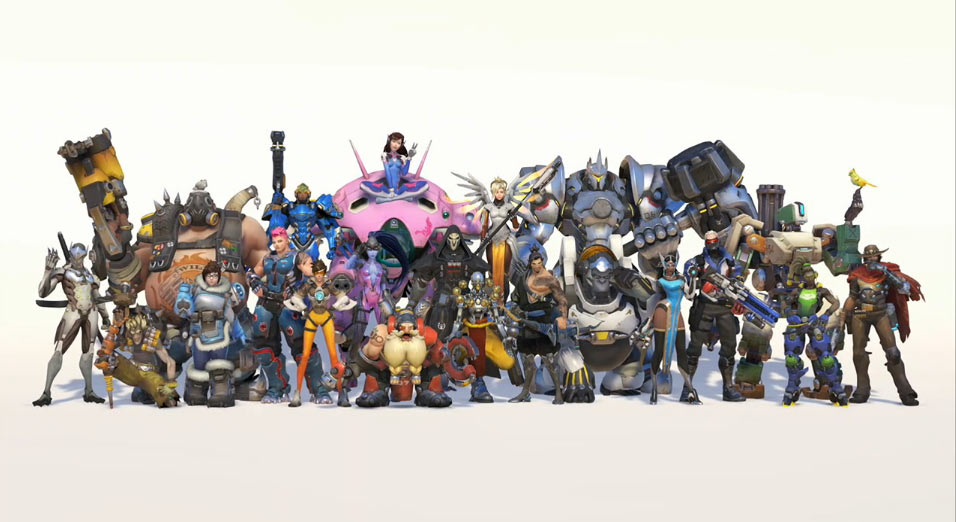
The most blatant example of this is Overwatch’s continued lack of a playable black woman, despite boasting a roster of 31 heroes now, counting Sigma. His reveal comes as somewhat of a slap in the face, given that after the last female character, Ashe, was unveiled, Kaplan assured fans that “we have no shortage of heroes that we’re currently working on secretly back in Irvine. Right now I think the number’s around six that we have in development. I don’t think people are gonna be disappointed.” Yet here we are.
In the developer update video featuring Sigma, Kaplan states that he is the next hero in the roster because “we also know that many of you were excited to explore Talon deeper and see more Talon characters come to light.” This quote perfectly distills the selective nature of Overwatch’s approach to representation. People clamoring to see more Talon? Sure, after all, Talon is cool as hell. Fans begging to finally have a playable black woman? Infinitely less so, apparently.
This isn’t new for Overwatch’s roster and skin reveals. According to the dev team, Ashe was chosen for her spot in the lineup after being a side character in a McCree short that the team became enamored with, despite her noticeable resemblance to existing characters such as Widowmaker.
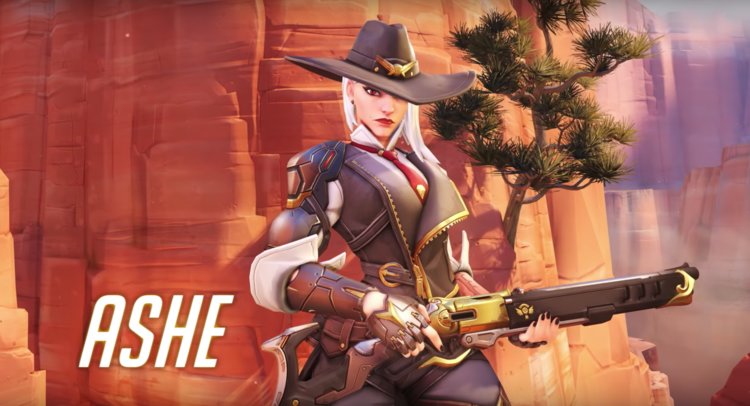
Senior software engineer Julie Anne Brame pretty much said it all when she told Kotaku “but again, this came from cinematics, and she was just so special out of that wonderful cinematic. And it wasn’t, like, out of all the things in the world to pick, we want to pick this particular character; it was ‘Wow, that’s a really special character that needs to come to life and really would contribute a lot to our universe.’ I think that’s what made Ashe stand out.” Something the dev team perceives to be cool or interesting to the universe will always precede the actual innovation fans are asking for.
This mentality traces all the way back to the game’s origins with Pharah’s (in)famous “Raindancer” and “Thunderbird” skins. These skins were originally conceived as something completely separate from Pharah’s canon Egyptian heritage, cool concept art with no real connection to the character aside from making her armor look badass. In an interview with Kotaku’s Nathan Greyson, Overwatch Director Jeff Kaplan said “Specifically when you talk about that Pharah skin, it’s really interesting because the first time that we had seen the concept art of it, we were all blown away. We were like, ‘That is the most beautiful, awesome thing that we’ve ever seen. We absolutely want something like that in our game.’” Sound familiar? Upon seeing this concept art, the Overwatch team was hellbent on getting it into the game, despite the clear contradiction it posed with Pharah’s previously established heritage, and stated worries about whether or not it was disrespectful towards indigenous cultures.
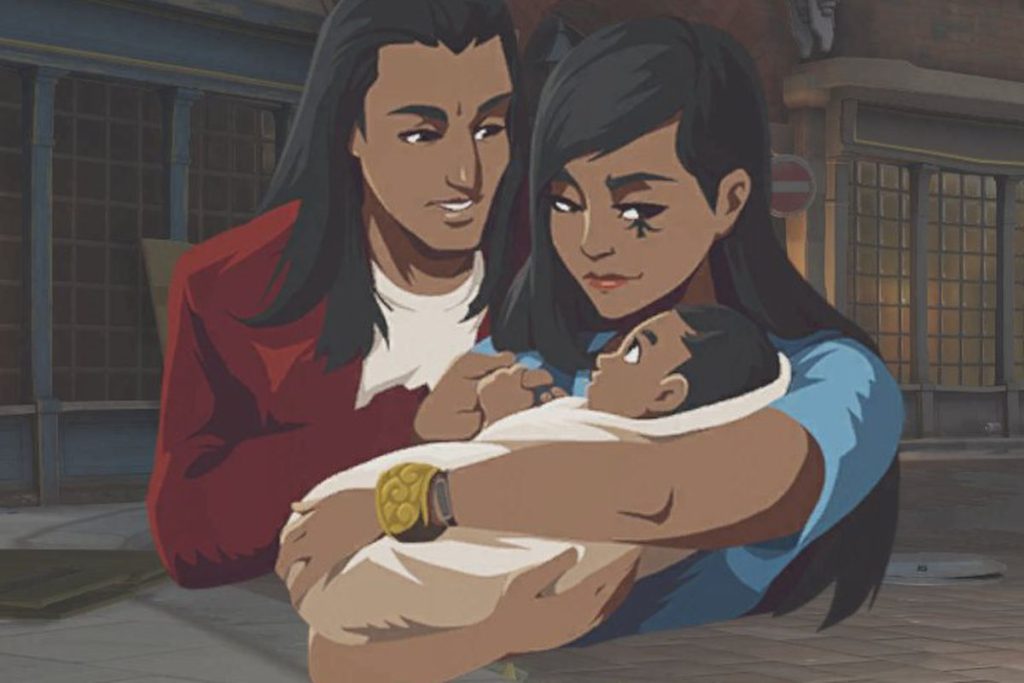
Instead of taking the L and scrapping the skins, or just leaving them as a problematic aesthetic element and working to do better next time, the team instead first chalked them up to being an “homage” to the parts of indigenous aesthetics they found to be “beautiful” and “awesome”, then followed up by retconning Pharah’s parentage to make her skins more palatable. Now, Pharah is of mixed heritage. Her mother Ana is Egyptian, and her father is from an unspecified PNW tribe.
Dia Lacina has written two essays on why this decision is deeply problematic and disrespectful towards indigenous folks, but on top of that, it shows the ethos Kaplan and the rest of the Overwatch team have been working under since the start: diversity and representation are important, but only to the degree that’s required for fan service or that allows us to still do what we want with these characters while still getting a pat on the back.
This mentality has bled into how the game’s geography is designed as well. The characters featured in Overwatch come from all over the world, once again giving the sense of a cast far more varied than anything else seen in AAA gaming. But again, we have to look at the execution of these depictions.
The Dorado map is canonically set in Mexico. But the city it’s based on is not. Kaplan and the other Overwatch designers used Manarola, Italy as the aesthetic basis for Dorado after a hasty google image search for the phrase “colorful Mexican town” when the cities in Mexico they were familiar with just weren’t doing it for them. In his DICE talk about this, Kaplan tried to play it off as a funny anecdote, a mistake anyone could make, even promising “when we make the Italy map, we will only use reference of Mexico for that.” But this is Kaplan telling on himself yet again.
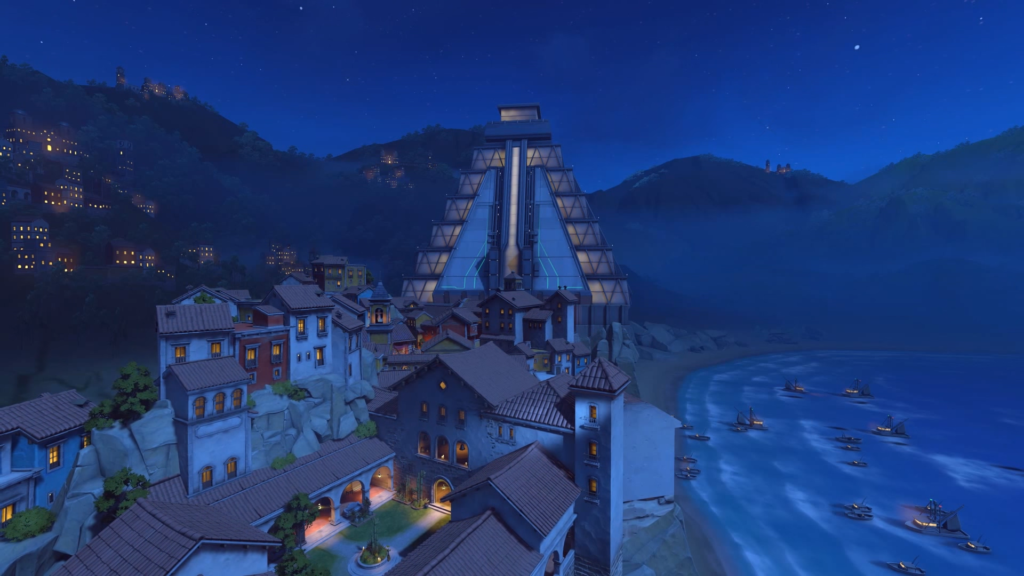
Attention to detail and respect for the places and cultures being used in-game are disposable in the face of making the game look cool and interesting to its designers. Kaplan has tried to play this off by saying that Overwatch “is not about the reality of what the planet is. Overwatch is much more about what we sort of hope the world would be.” But that statement in and of itself is suspect. If the world of Overwatch is what the designers “hope it would be” then we have to conclude that the team wants a world shaped entirely by their biases and assumptions of what it is, versus the demonstrable reality. This vision of Dorado isn’t Mexico, but with an optimistic, futuristic Overwatch flair. It’s a living stereotype of what the dev team believes Mexico should be.
Whenever media properties pull from the real world, even fictionalized versions of it, they have to contend with the baggage that carries. If your setting is Earth, then you have to reckon with that and the implications of any changes you might make to it. On top of the geographic realities this entails, people of the world are also included in this need for real, grounded representation. As we’ve already seen with Pharah, Blizzard really struggles with this. But it goes beyond their confusing, retconned hodgepodge of her identities.
Overwatch can never seem to stick the landing when it comes to any of its characters’ marginalized identities, especially those that aren’t externally visible. Many consider the game to be very queer coded, but no concrete evidence of any characters’ sexuality was provided until well after launch. Tracer was first revealed to be queer in the comic “Reflections” which came out in December of 2016, several months after the game’s release. Lead writer, Micheal Chu, later confirmed that Tracer identifies as a lesbian on Twitter. Confirmation of character’s sexuality via Twitter is now becoming a trend.

The game’s second queer character was “revealed” through short story “Bastet”. This story attempts to give more backstory about Ana and Soldier 76, in the process telling us that good old Papa Jack is gay. Except that it really doesn’t. The story is so scant in its depiction of Jack’s past relationship with Vincent that Chu once again had to confirm his canon queerness on Twitter. By leaving things so open ended in the actual media, Overwatch is once again attempting to have its cake and eat it too. Things are just vague enough (in the case of Soldier 76), or removed enough from the actual game via external content like comics and short stories, that players who don’t want to engage with the reality of these characters’ sexualities simply don’t have to. That certainly hasn’t stopped homophobes from expressing their ignorant ire at every given opportunity.
It’s probably fair to say that anyone who’s played Overwatch, particularly it’s Competitive mode, has had an experience with toxic players. Like most popular online games, Overwatch suffers from many downright abusive players. The dev team have taken steps in the past to combat this kind of behavior, but it persists, often with a focus on marginalized folks as targets.
Writing for Polygon, Kenneth Shepard describes his experience with the homophobia directed at Soldier 76 and anyone playing with him after the “Bastet” story came out. “Blizzard has spearheaded initiatives to discourage in-game harassment, such as Play Nice, Play Fair back in 2017, but it’s clear the company didn’t have the tools necessary to protect the players it wants to bring into the game.” Shepard certainly didn’t feel protected. “This lesson was driven home with particular force when I began to use Overwatch’s only in-game representation of Soldier’s sexuality while playing.”
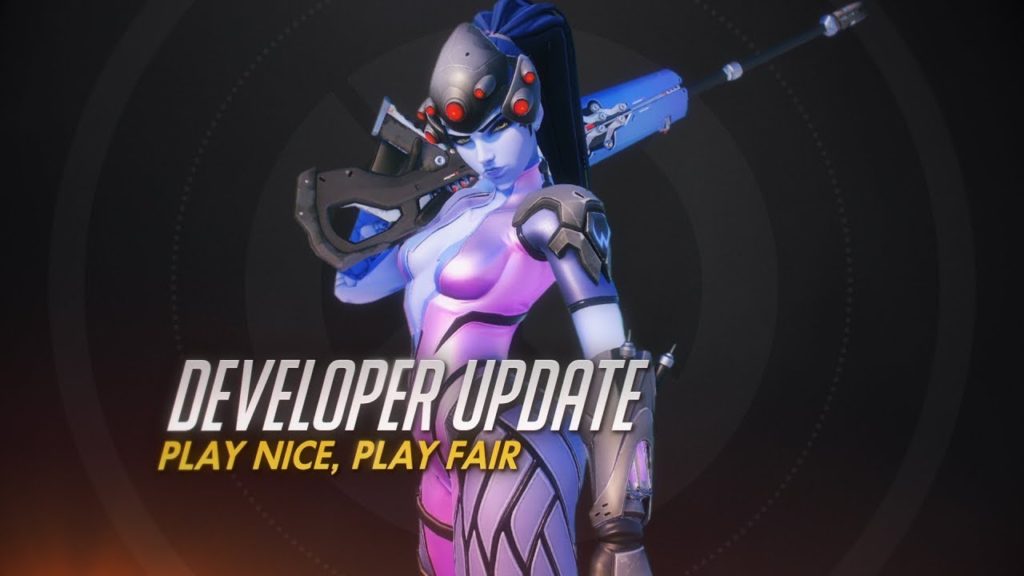
But after putting out such a strong stance on the issue of toxicity and harassment in the game, I have to wonder if it’s really down to a lack of tools to protect these players, or more of the laissez faire attitude the devs have displayed about the rest of their so-called representation. Kaplan stated “because people seem to lack self-control or because people like to abuse anonymity and free speech we’re put in a position of spending a tremendous amount of our time and resources policing the community…Like it or not, this is an “us, the OW community problem” and not just an “OW team problem”. For better or for worse, we’re in this together.”
This is a cute sentiment, and true to a degree. It seems impossible for a company to be able to completely eradicate the toxic elements of their communities. But we have to look at the message the game is sending its community. Who is really being prioritized? It’s certainly not marginalized players. By attempting to welcome queer fans in with scant representation, but not policing the homophobia in their communitity that comes with it, Blizzard can effectively continue to flash a face of progressivism while still catering to its perceived core audience of toxic white men. If the dev team continues to approach their community moderation with the same flippant approach it takes with its notions of diversity Overwatch can never really be for marginalized folks. And I think it’s time to accept that, despite popular belief, it never has been.






1 thought on “When Are We Going to Accept That Overwatch Was Never a “Woke” Shooter?”